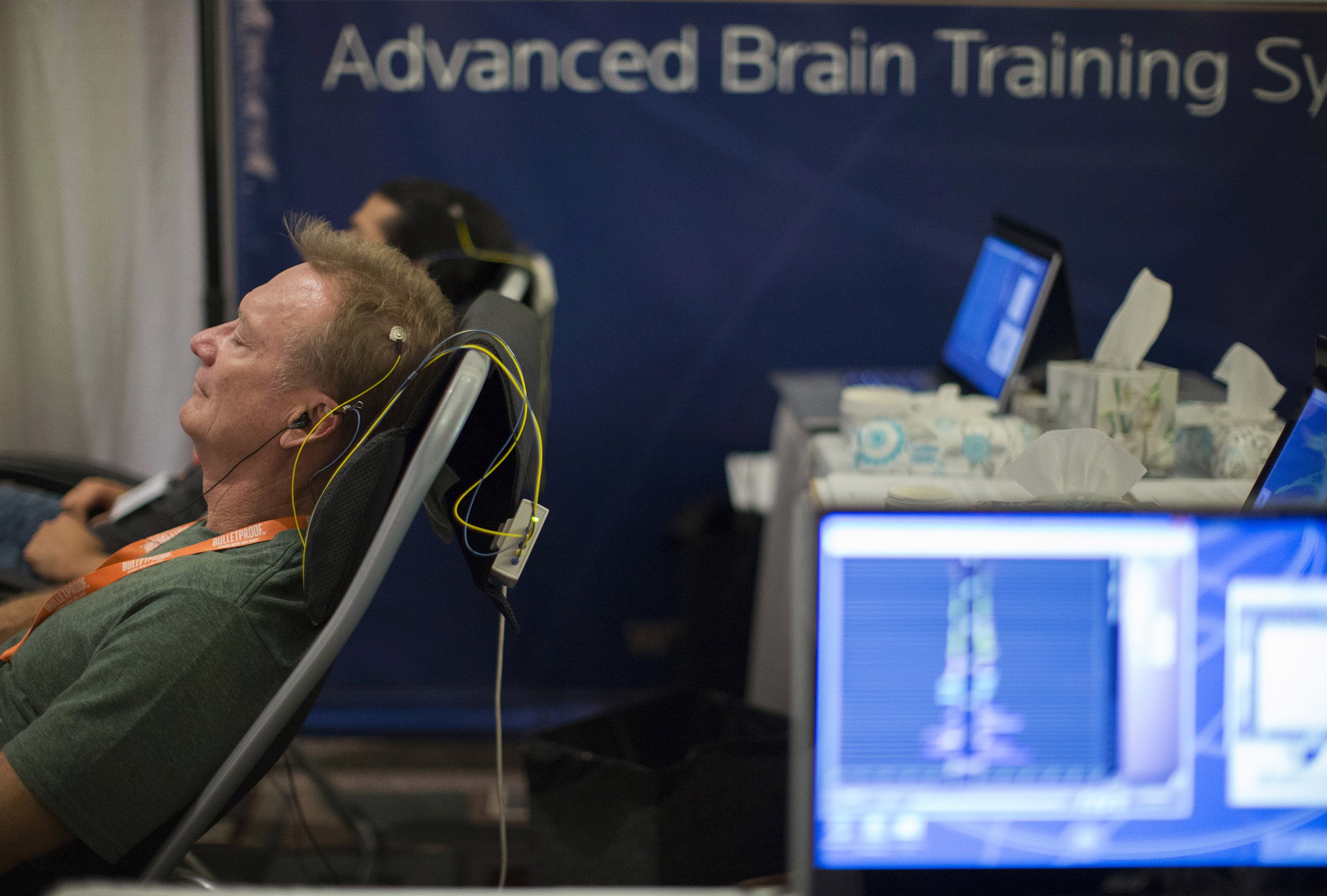Neurofeedback, a technique designed to train brain activity, holds both promise and potential peril. While some individuals report positive transformations, others share stories of adverse effects, raising crucial questions about its safety and efficacy. This article delves into the complexities of neurofeedback, exploring its potential benefits, documented risks, and the critical need for informed decision-making.
Neurofeedback’s Double-Edged Sword: Benefits and Risks
Neurofeedback, often touted as a cutting-edge therapy for various conditions, operates on the principle of self-regulating brainwave activity. Sensors placed on the scalp monitor brainwaves, providing feedback through visual or auditory cues. By learning to control these patterns, individuals may potentially improve focus, reduce anxiety, and enhance overall cognitive function. However, the road to these potential benefits isn’t always smooth, and some individuals experience a different reality. Memory loss strain can be exacerbated by ineffective therapies.
The lack of consistent regulation in the field is a significant concern. Varying standards of practice and limited oversight leave patients vulnerable to practitioners with inadequate training or outdated techniques. This lack of standardization raises the risk of adverse effects, highlighting the critical need for stricter regulations and accountability within the industry.
Moreover, the skill and experience of the practitioner probably play a vital role in the outcome of neurofeedback therapy. A qualified practitioner tailors the therapy to individual needs, carefully adjusting the feedback to guide the brain toward healthier patterns. Conversely, an inexperienced practitioner might inadvertently worsen symptoms. This underscores the importance of seeking treatment from a licensed professional with a proven track record.
Navigating the Uncertainties: Is Neurofeedback Safe?
So, can neurofeedback be harmful? The answer, unfortunately, isn’t straightforward. While generally considered non-invasive, the long-term impacts of neurofeedback are not fully understood. This “uncharted territory” necessitates cautious exploration, especially given the brain’s complexity.
Current research offers a mixed bag. Some studies suggest neurofeedback’s efficacy for conditions like ADHD, anxiety, and depression, while others find no significant difference between real and sham neurofeedback. This ambiguity underscores the need for further research to determine its true effectiveness and long-term safety.
Furthermore, individual responses to neurofeedback vary widely. Some report positive transformations, experiencing improved focus, reduced anxiety, and better sleep. Others describe negative side effects like increased anxiety, mood swings, sleep disturbances, and a disconcerting “brain fog.” The reasons for these divergent experiences aren’t fully understood, but factors like the specific protocol used, individual brainwave patterns, and practitioner expertise likely play a role.
The potential risks, while not fully understood, necessitate caution. Reports of increased anxiety, mood swings, and sleep difficulties warrant further investigation. More concerning are anecdotal accounts of individuals claiming neurofeedback “ruined their lives,” experiencing debilitating symptoms like severe anxiety, depression, and suicidal thoughts. While these extreme cases are not the norm, they highlight the potential for negative consequences, especially with improper application. This reinforces the critical importance of working with a qualified practitioner and having open communication about potential risks and alternative treatment options, such as those informed by Maslow’s hierarchy of needs.
Decoding Negative Reactions: Why Do I Feel Worse?
Experiencing negative effects after a neurofeedback session can be disconcerting. Understanding the potential reasons for these setbacks can empower individuals to navigate these challenges effectively.
Several factors may contribute to adverse reactions. Individual brain sensitivities, similar to differing reactions to medications, can lead to temporary discomfort as the brain adjusts to new activity patterns. The practitioner’s expertise is also crucial. A skilled practitioner tailors the protocol to the individual’s unique needs, minimizing the risk of negative effects. Underlying health conditions, particularly undiagnosed neurological or mental health issues, can also influence how the brain responds to neurofeedback.
Specific side effects, while not universally experienced, may include increased anxiety, brain fog, mood swings, fatigue, and headaches. If you experience these or other negative effects, open communication with your practitioner is paramount. They can adjust your protocol, explore alternative approaches, or recommend additional support from a healthcare professional or mental health therapist.
Separating Fact from Fiction: Is Neurofeedback a Sham?
Given the conflicting evidence and anecdotal accounts, the question naturally arises: Is neurofeedback a sham? Currently, there isn’t a definitive answer. While the therapy holds promise, rigorous scientific evidence to definitively confirm its efficacy is still lacking. The ongoing debate about its effectiveness, coupled with the “sham neurofeedback” controversy, highlights the complexity of studying this intervention.
While neurofeedback may prove beneficial for some, it’s essential to approach it with realistic expectations and a balanced perspective. It’s probably not a magic bullet, and the best approach likely involves integrating neurofeedback with other evidence-based therapies. Thorough research, consultation with healthcare professionals, and careful selection of a qualified practitioner are crucial steps in making informed decisions about pursuing neurofeedback.
The Future of Neurofeedback: A Call for Rigor and Transparency
The field of neurofeedback continues to evolve. Ongoing research is exploring different protocols, individual responses, and long-term outcomes. This research may eventually lead to more personalized approaches and a deeper understanding of neurofeedback’s mechanisms. However, for now, a cautious approach, combined with open dialogue and critical evaluation, is essential.
The stories of those who’ve experienced negative effects from neurofeedback serve as a crucial reminder of the need for stricter regulation, more rigorous training for practitioners, and increased transparency about potential risks. The brain is a delicate and complex organ, and any intervention aimed at altering its function demands careful consideration and ongoing evaluation.
- Bento Box Trays Streamline Restaurant Meal Presentation and Transport - December 13, 2025
- Plastic Bento Boxes Face Scrutiny Over Sustainability Impacts - December 11, 2025
- Bento Tray Revolutionizes Organized Meal Transport and Presentation - December 10, 2025










